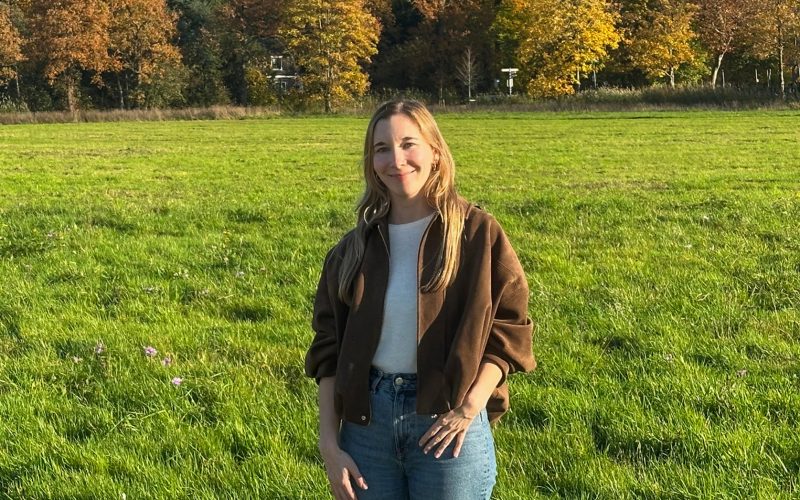Children with congenital heart defects now live longer. That is why attention is shifting to how these hearts develop in the long term. Renée Joosen obtained her PhD this week in Utrecht on the long-term consequences of congenital heart defects, with specific attention to the right ventricle.
The heart has four chambers. The right ventricle pumps oxygen-depleted blood from the body to the lungs. In the lungs, the blood is reoxygenated. The blood can then be pumped back through the body.
Some people with congenital heart defects may develop a residual abnormality. This means that there is still something in the heart that does not function normally. This may be due to the congenital abnormality itself, or to previous surgery or cardiac catheterisation. Examples include a narrowing in the pulmonary artery, which makes it more difficult for blood to flow to the lungs, or a leaky heart valve, which causes some of the blood to flow back into the right ventricle. In the case of narrowing or leakage, the right ventricle must work harder. Sometimes this does not work properly, and the pumping function deteriorates. Not everyone notices this immediately. Renée: “Some people have few symptoms, while others notice that they tire more quickly or are less able to exercise. How well the right ventricle can adapt has a major impact on how someone feels and what they can do.”
Renée and her colleagues investigated how the right ventricle adapts in specific groups with congenital heart defects, such as transposition of the great arteries or tetralogy of Fallot. They also looked at what happens when this does not go well. It is important to recognise this in time. “This allows us to intervene in time”, says Renée. During check-ups, doctors use an ultrasound or MRI scan to examine the right ventricle. This allows them to see how well the heart is pumping blood and whether there are any changes. “In people with transposition of the great arteries, we have mapped the functioning of the right ventricle over the years, sometimes even more than 20 years after the operation.” In general, the ventricle functioned well. However, some people were less able to exert themselves. This may be due to the longer time since the operation or to poorer physical condition. But it seems to be mainly because the right ventricle sometimes pumps blood less efficiently, even though the pumping function still appears normal on the MRI scan.
In addition, they observed that the way in which the right ventricle adapts is not related to the severity of the narrowing or the extent of the heart valve leak. On an MRI scan, the pumping function often appears to be the same, but with more detailed measurement methods, we see that the chamber adapts differently in the case of narrowing, a leaking valve, or a combination of both. This shows that every patient is different and is a step towards personalised care. “At the same time, there is still much we don’t know, and new research is needed to better understand these differences and further improve care,” says Renée.
A narrowing or leaking valve is often treated via the groin using cardiac catheterisation. “However, there is still much we do not know,” says Renée. “For example: what is the effect of the treatment on the right ventricle? And when is the best time to treat people who have no symptoms?”
To gain more insight into this, they mapped more than 30 years of experience with cardiac catheterisation in people with transposition of the great arteries. This was done in collaboration between UMC Utrecht, LUMC and Amsterdam UMC. This overview shows that, on average, 9% of patients undergo cardiac catheterisation for a narrowing in the pulmonary artery. The treatment is safe. They also observed that placing a stent (a small tube that keeps the blood vessel open) often works better than stretching the narrowing with a balloon. In addition, they discovered that even a slight narrowing of the pulmonary artery can cause the right ventricle to work harder to pump blood around.
“This research was part of the OUTREACH consortium: a national collaboration in which academic hospitals and research institutes conduct joint research,” says Renee. “It was funded by the Hartstichting and Stichting Hartekind. Our research helps us to better understand how the right ventricle adapts and what is the best time for treatment. This enables us to improve treatments for people with congenital heart defects step by step and intervene in time!”
